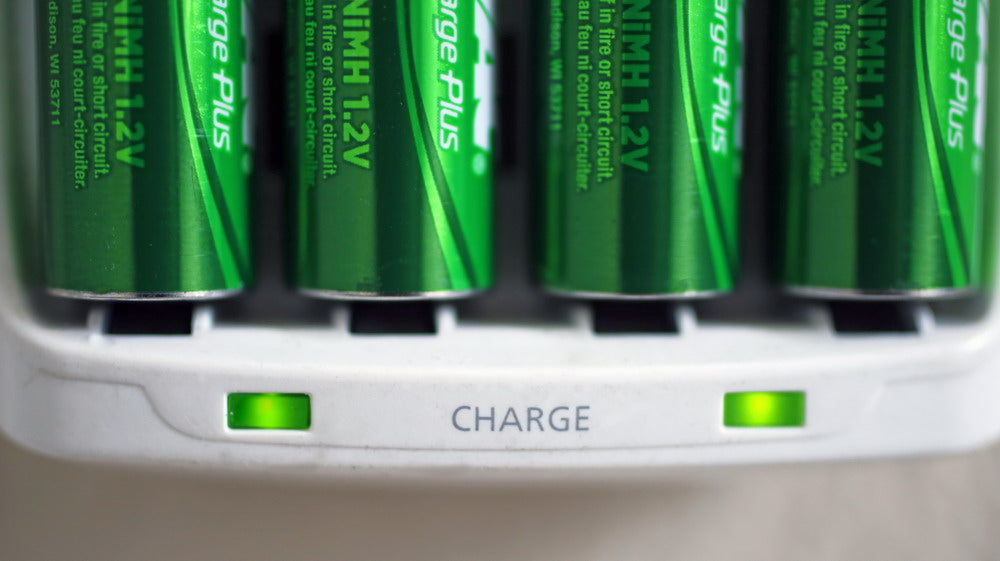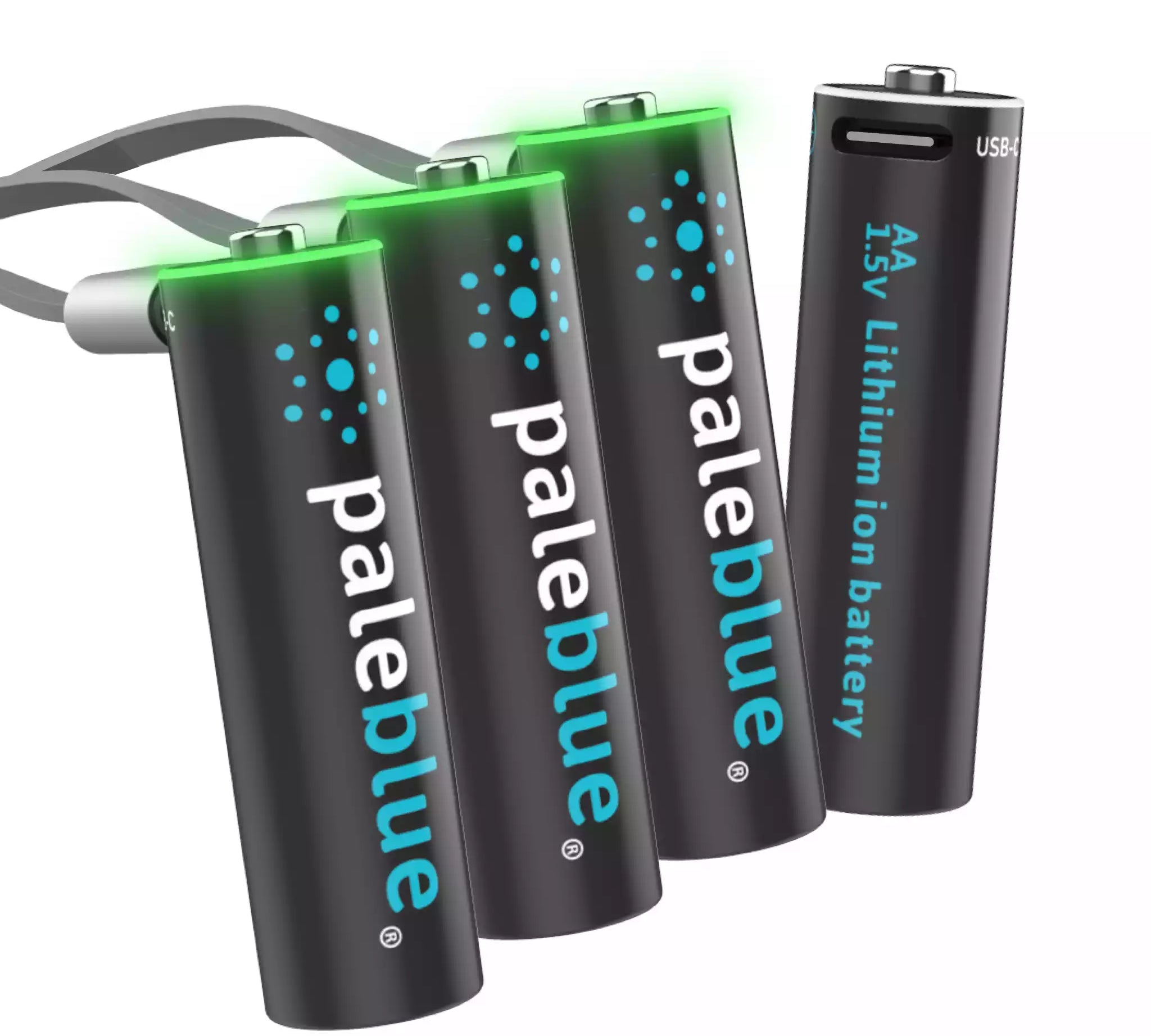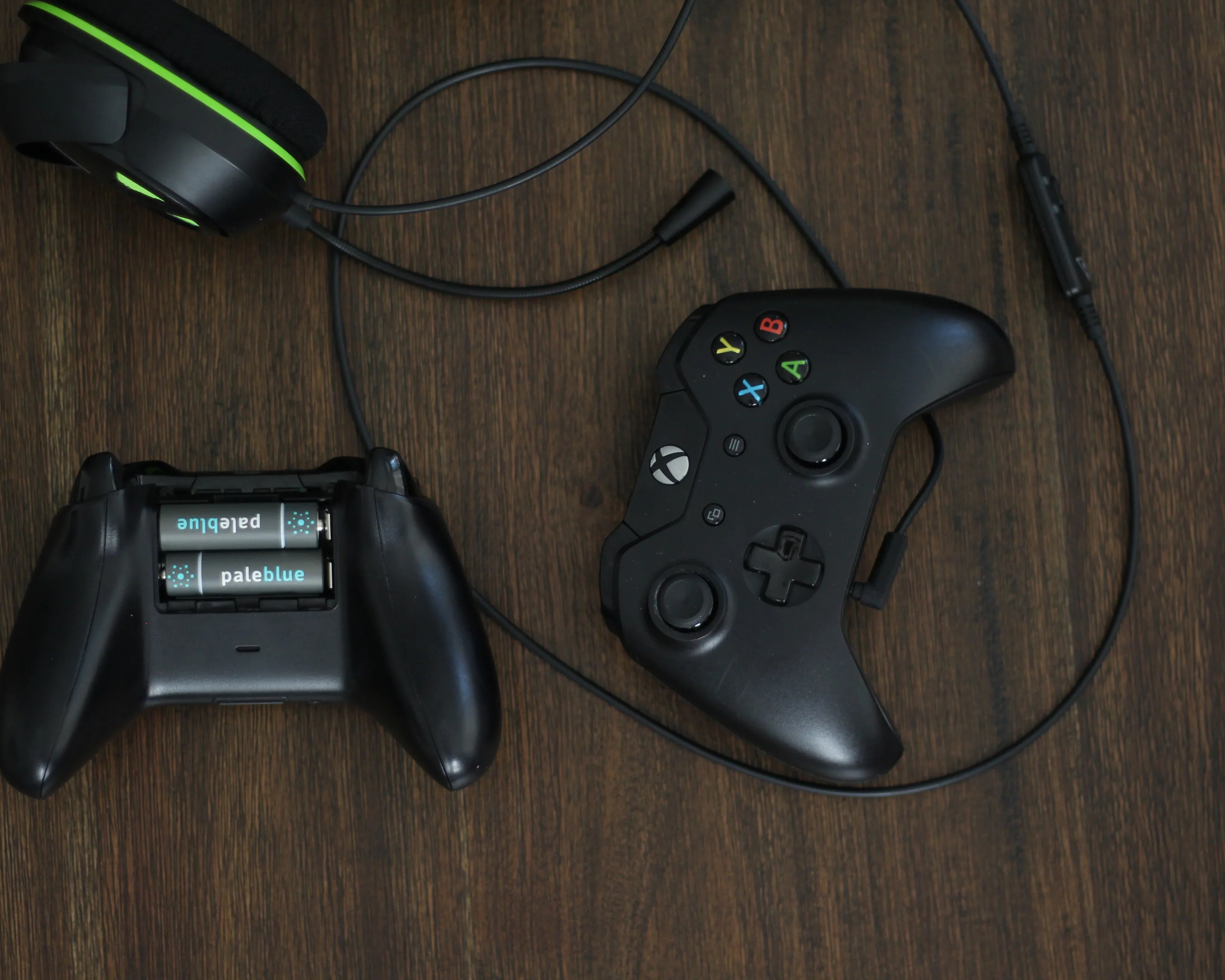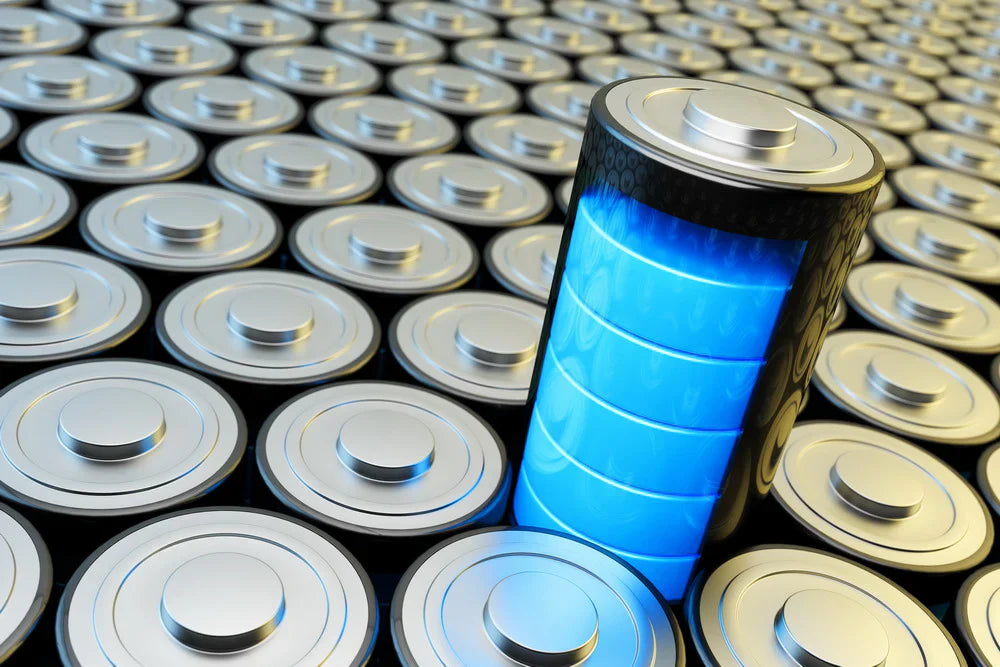Disposable Batteries Are Like Coins in a Jar

Believe it or not, disposable alkaline batteries were the primary impetus for starting Paleblue Earth. Our company founders were shocked to learn just how many disposable batteries are being used and thrown into landfills. They wanted to do something about it. They understood that all those batteries are like so many coins in a jar. They accumulate more quickly than you expect.
EPA data suggests that Americans buy some three billion dry cell batteries every year. These power our computers, cell phones, watches, and other electronic devices. Interestingly enough, less than 20% of those batteries are rechargeable. That means 2.4 billion of them are ‘disposable.’
How many will end up in landfills? Moreover, how many more wind up in landfills around the world? The numbers are staggering when you think about it. Unfortunately, we don't think about it like we should because it is so easy to throw batteries in the trash and forget about them.
Out of Sight, Out of Mind
We see disposable alkaline batteries as an out of sight, out of mind sort of thing. You spend a few dollars to purchase a 4-pack at the local department store. You use them to power one of your electronic devices for a month or two. When they die, off to the trash they go. They are gone and you no longer have to think about them.
In terms of your individual trash stream, three or four batteries every month is no big deal. But imagine those batteries being a couple of coins you throw in a jar. Over time, you would eventually fill that jar to the point of having to take the coins to the bank.
Imagine throwing your coins into a global jar, a jar that also receives coins from billions of people around the world. How quickly do you think the jar would fill up? Obviously, that would depend on the size of the jar. But it would fill up eventually. It turns out we are doing the same thing with our trash.
No Bottomless Pits
One of the reasons Paleblue is committed to helping people purchase fewer alkaline batteries is our knowledge that there are no bottomless pits capable of receiving our trash forever. We can argue just how much landfill space we have left, but we cannot argue that the space is limited. We should also concern ourselves with the other downsides of so many batteries going into landfills such as groundwater contamination.
Furthermore, there really is no logical reason to continue buying and throwing out alkaline batteries. Perhaps you could make the case for the superiority of disposable batteries in the days when NiCads and NiMH batteries were the only rechargeable choices. But in the era of lithium-ion, that argument no longer holds water.
Long Life, Stable Performance
Modern lithium-ion batteries offer both long life and stable performance. Paleblue batteries are smart batteries in the sense that they have on-board circuitry to maximize performance. We explained all that circuitry in a previous blog post. To recap, the circuitry adds some key things:
Performance
Lithium-ion batteries have a high voltage that needs to be stepped down to 1.5V so that it meets the standard voltage ranges expected by products. This allows our batteries to remain at 1.5V from start to finish while other chemistries such as Alkaline or NiMh have a decaying voltage as the battery discharges.
Health and Safety
On-board circuitry prevents both full discharge and overcharging, thus extending a battery's life. It also manages the charging to optimize the charging process to maintain the battery health and shut it down if there is any abnormalities detected. You can recharge one of our batteries 1000+ times.
Alkaline batteries have outlived their usefulness. Why continue filling that drawer in your house or landfills with them when there is a better technology and option that also saves you money?
- Tags: Economical Sustainability







